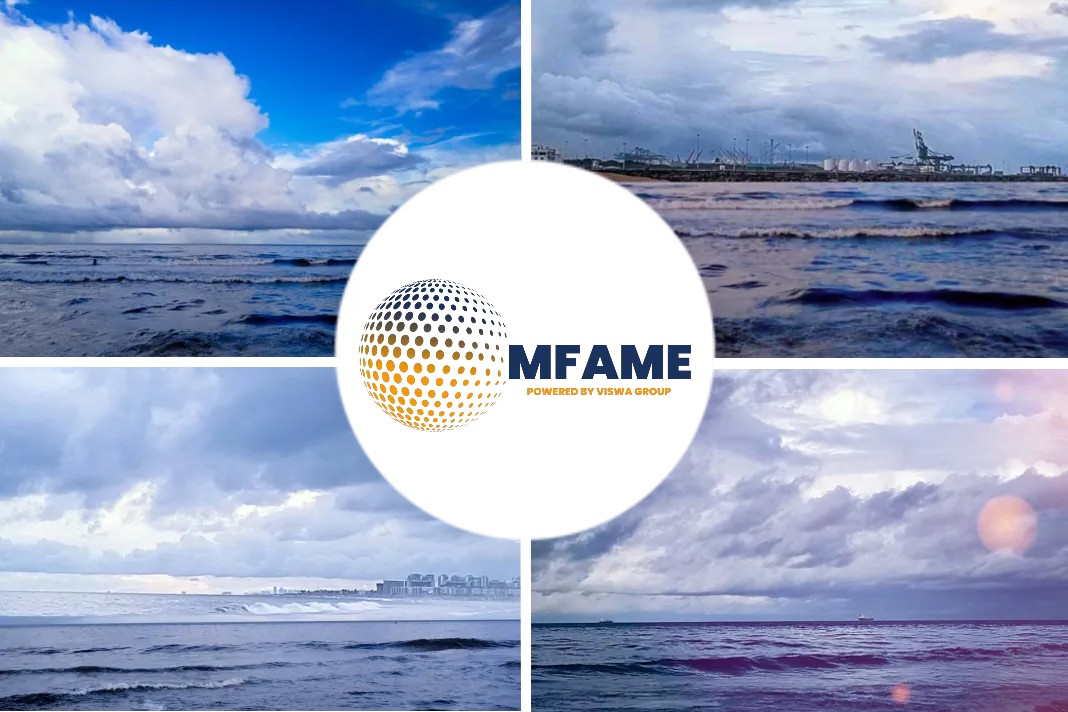Trelleborg’s marine and infrastructure operation has launched a new research report which reveals the latest challenges in LNG fueling, reports Safety4sea.
Need for clean energy
The growing global climate crisis is necessitating the search and need for cleaner energy choices. The changing market dynamics is driving evolution and growth within a number of sub segments such as liquefied natural gas fueling.
Accelerating LNG fueling to meet sustainability demands requires LNG infrastructures that can cope with the demand to berth more LNG-powered vessels safely and efficiently. According to the report LNG industry currently faces the following challenges:
Challenge #1: COVID-19
The COVID-19 pandemic has brought delays to construction of new LNG infrastructure due to both mandatory and voluntary work stoppages, as well as supply chain disruptions.
As a result of COVID-19, global LNG prices hit a record low in 2020, but reached record high levels in January 2021 due to winter demand, supply outages and infrastructural constraints.
Even before the COVID-19 pandemic, the LNG market was set for oversupply in 2021, as new projects continued to grow capacity well beyond steady demand growth. Reduced gas demand because of the pandemic has added to excess supply, creating market volatility.
And a sustained period of lower oil prices and increased competition among gas supply sources as new supply reaches the market have combined to erode margins, putting pressure on gas and LNG producers.
European wholesale gas prices hit record high levels in the summer of 2021, driven partially by an increase in demand as the pandemic eased.
Challenge #2: Alternative Fuels
The lower emission benefits of LNG are well understood. However, it can never be carbon-free. There is therefore significant development in the field of alternate fuels.
The main alternatives are ammonia and hydrogen, which are both proven as technically viable, however, not yet commercially available at scale.
Use of hydrogen as a fuel directly will either requirecompression, for limited range applications, or liquefaction to be able store larger volumes for typical trade patterns. There is also the engineering challenge of being able to contain large volumes of the smallest and most flammable atom at -260C without leakage.
Ammonia may be the preferred option as containment is simpler. It is, however, highly toxic, and therefore a severe hazard to life. As well as tank and pipeline containment,
Challenge #3: Contract Issues
Differences in a project’s value chain can derail a project. For example, different cost recovery systems complicate the allocation of costs to infrastructure, the LNG liquefaction or regasification plant, and any separate pipeline project.
The extent to which downstream infrastructure costs can be lng recovered through upstream production is often an issue, alongside differing timelines for licensing, relinquishment and investment. Investing in new downstream infrastructure, however, is needed to realize growth potential.
Today, with midstream energy infrastructure projects virtually drying out, infrastructure investors are venturing downstream in search of assets structured to fit their investment profile.
Challenge #4: Climate Change
Today’s existing LNG infrastructure is required to withstand the world’s rising sea levels and harsher weather patterns. This puts increased strain on ports, facilities and vessels and can cause catastrophic damage to infrastructure.
In order to respond to LNG’s various challenges and opportunities, LNG leaders must adapt to the needs of spot contracts, changing environments and transfer scenarios. To do this and help ensure your LNG operations take place safely and efficiently, operational flexibility is crucial.
Did you subscribe to our newsletter?
It’s free! Click here to subscribe!
Source: Safety4sea






















